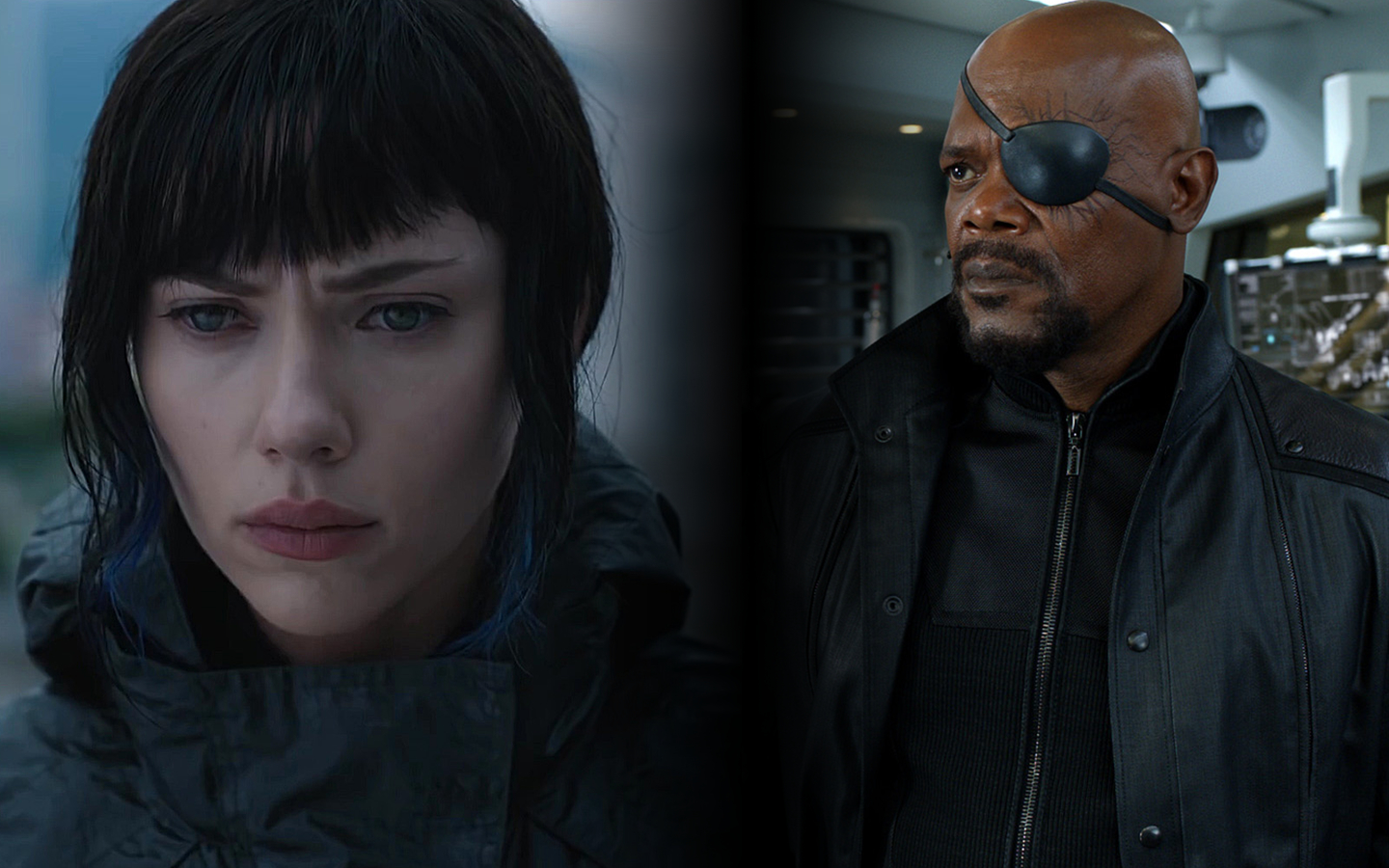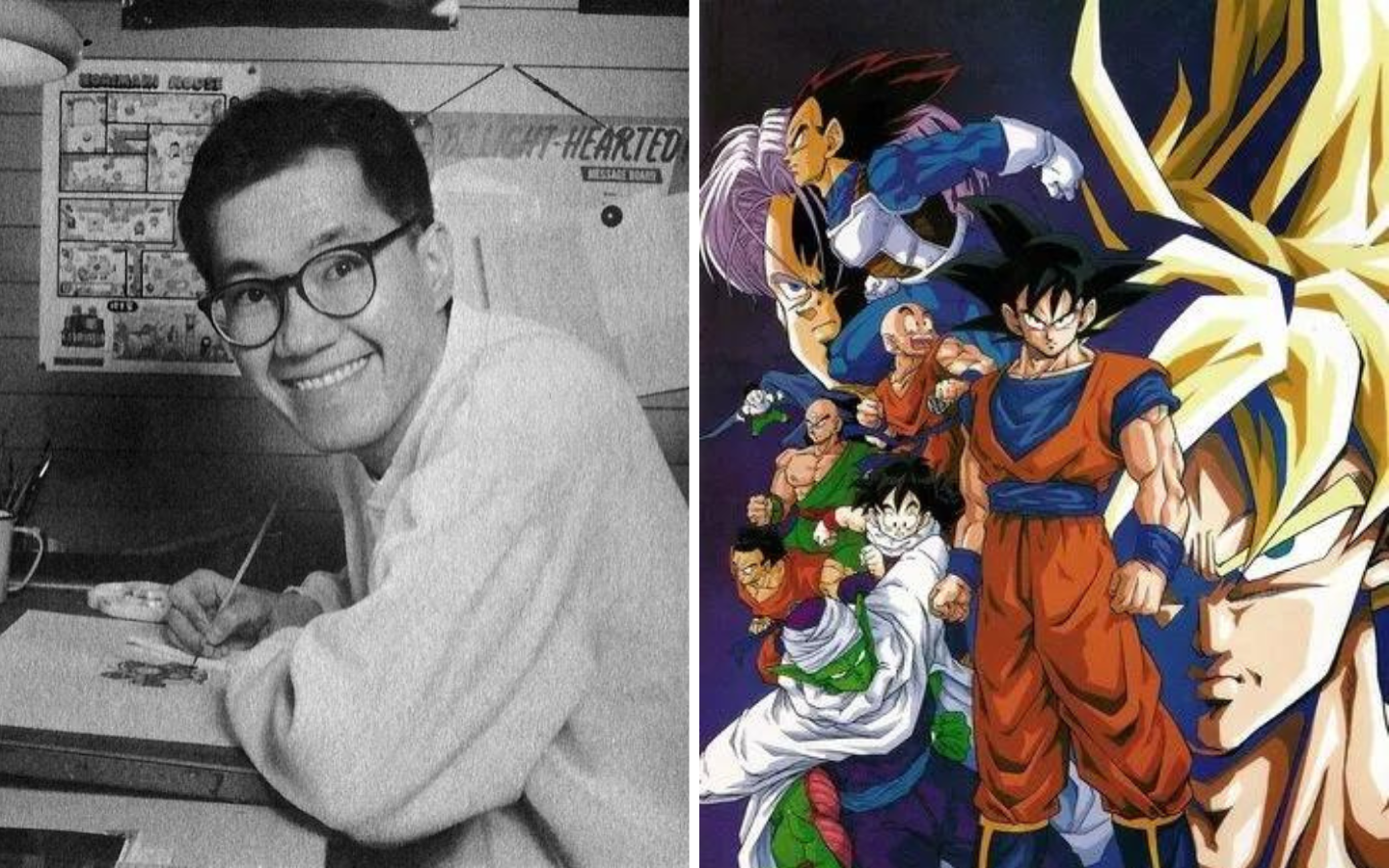Whitewashing is a concept that has been around for quite literally decades, especially from the early days of film. Simply put: whitewashing means to cast a white actor to play a role that is traditionally, historically, and/or written for a person of color, essentially erasing the poc perspective and experience from the role in favor of a white actor. Whitewashing is nothing new, and Hollywood is far from a stranger to it. From Laurence Olivier doning blackface to portray Shakespeare’s Othello in 1965 and Mickey Rooney doing yellowface to play Mr. Yunioshi in Breakfast at Tiffany’s, to the more recent instance of Scarlett Johansson portraying Major Motoko Kusanagi in Paramount Picture’s 2017 film Ghost in the Shell based on the popular Japanese Anime.
While whitewashing has been around for ages and Hollywood has been doing it for as long as films have been made, its something that has gained more attention and more focus in recent years on a broader scale thanks to things like the #OscarsSoWhite hashtag started by Mrs. April Reigns, as well as the rash of whitewashing of Asian roles that has occurred in the last few years. The Asian community definitely is not a stranger to whitewashing, and the often offensive excuses that Hollywood makes for it. Whenever whitewashing and its harmful affects are discussed, there is always that section of the populace that has to enter the discussion and bring up the racebending of characters. Racebending, for those who do not know, is when an actor of color plays a character that is traditionally white. People who bring up this argument for why white actors should be able to portray roles meant for characters of color quite often do so with little to no knowledge and history of both whitewashing, the harmful effects it has, and the complete and utter imbalance of the roles that white actors get compared to the roles that actors of color get.
Imagine two bowls of jellybeans sitting on a table, one running over with jellybeans and the other with what looks like a handful. The bowl that’s running over represents the overabundance or roles for white actors and actresses in Hollywood, and the bowl with only a handful represents the roles for actors of color in Hollywood. If you take a few handfuls of jellybeans from the bowl with an overabundance and put them in the other bowl with less, then nothing is harmed. The bowl with more jellybeans has a few less but it still has more than enough. However if you take even a single handful of jellybeans from the other bowl and place it into the overflowing bowl, then you’ve diminished and almost emptied it. When Hollywood whitewashes a role, that’s exactly what they are doing; further emptying the well of roles from which actors of color have to draw from. Hollywood further contributes to the unfair and racist imbalance within the industry. Actors of color already have to be twice as good as white actors just to be chosen for an already limited pool of roles that are written for them. They shouldn’t have to also compete with white actors just to also play characters of color. A more in depth take on the “jar of” analogy can be found here:
The whitewashing vs racebending debate quite often comes up in conversations related to anything to do with nerd culture. So here is a quick history lesson on characters of color in comic books versus white characters in comics. In the late 30’s with the birth of Superman when comic books made the shift into the superhero driven entity that we know them as now, many comic book writers and artists were white, and that was a time when “white” was seen as the default in america. Most characters that were created followed that pattern of white as default, there weren’t diverse creators in many of the companies like Marvel or DC to create characters that looked like them, and so for many decades the characters that were created were white. These all-white all-male employed and driven companies were devoid of any perspective and way of life outside of their own, and their privilege which lead to many comics have extremely racist storylines and potrayals of people of color. If you were to go back and look at the early days of Marvel and DC, you would see racist caricatures of Asians, as well as Black people in stereotypical clothing, with stereotypical exaggerated features, and offensive language. It wasn’t until 1966, yes you read that right, 1966, almost 28 years later that both Marvel and DC looked up and realized they had absolutely no black superheroes, and it was that year that Stan Lee and Jack Kirby created Black Panther: the first black superhero.
The mid 60’s are where the majority of our black superheroes come from. The Black Panthers, Falcons, and John Stewarts hail from a time of attempted correction. Many of them were specifically created, coded, and written with their identity as black characters being crucial to their characters. Many black superheroes, and other heroes of color were created and crafted in such a way that their blackness and identity of POC are crucial to their character. Remove that, and you essentially lose the impact, purpose, and identity of the character all together. Luke Cage could never be white because of his backstory and the intended or unintended references to government experiments on black bodies. Black Panther and Storm could never be white, not only because they were two of the first few black heroes ever created, but because of the impact that not just their blackness but African culture plays in their backstory and characterizations. Black Panther is quite literally the king of an African nation that has never been conquered, and Storm was worshiped as an African Goddess. However, the same can’t be said for characters like Spider-Man, Captain America, Iron man, Superman, Batman, Wonder Woman, and many others. The majority of superheroes who are white, their whiteness doesn’t impact the character and isn’t really written into them the way that characters of color are. Heroes of color were created for a reason: it was done with intent and with their race in mind.
Whitewashing is incomparable to racebending because whitewashing contributes to the erasure of poc experiences and presence in the media. Racebending allows for a character to have a deeper cultural impact and oftentimes have a more fleshed out backstory and personality. A black Peter Parker has the potential to offer a much fresher and culturally relevant take on the character than a white Peter Parker. Imagine how Peter’s race could impact his backstory interms of Uncle Ben, a black man gunned down on the streets of New York whose murder is never solved by the NYPD. This take on Parker would allow for nuanced conversations and representation of gun violence and the racism of the NYPD as well as maintining the original “with great power comes great responsibility” theme. These are the types of things we gain from racebending characters, and the things we lose when we whitewash them.






Leave a Reply